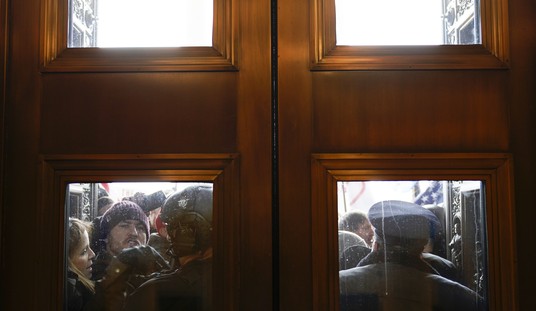
UPDATE: The House did the right thing on Wednesday and voted 231 – 193 to repeal Auto IRA rule.
The House of Representatives this week will try to roll back an Obama-era policy that requires small businesses in states and some cities to automatically enroll their workers in a government-run Individual Retirement Account (IRA). The policy does not require automatic enrollment in IRAs, but provides “guidance” to states on how to set up auto IRAs – in other words, it strongly pressures states in this direction.
This is not the first time workers would be required to entrust their retirement savings with politicians and bureaucrats to manage. States are already $1 Trillion in the hole on government worker retirement programs, and are almost guaranteed to fail at running any new retirement savings program. Taxpayers beware: This new scheme would create an even bigger budget problem for state and local governments. These are five problems with the proposed government-run retirement plans for private-sector workers:
- Restrictions on Withdrawals – Most workers who don’t have a retirement account through their employer would be required to enroll in the state-run (or city-run) retirement plan. A percentage of each paycheck would automatically go into the retirement account, and then be controlled by government bureaucrats. While workers are required to automatically be enrolled, there is no guarantee workers will be able to easily get their money out of the government plan should they choose to do so. This has ‘disaster’ written all over it.
- States’ public retirement programs are already underwater – Some state budgets are so bad that their government is no longer contributing to retirement accounts it is required to offer public workers. Illinois, for example, has the second worst pension problems in the United States. The state’s unfunded pension liabilities amount to $77,822 per household. This new state-run retirement idea is the latest way for state governments to take in money from new people to “bail out” pension bills they can’t afford.
- Less consumer protection for workers’ savings – The Employee Retirement Security Act (ERISA) sets minimum standards for running a retirement plan for private-sector workers. These standards are important and address issues from requiring employers to contribute a minimum amount of money every year to assessing liability if the retirement plan is mismanaged. Without ERISA involvement, there are no guarantees that state-run retirement plans will have these necessary safeguards.
- Earners have no say in their investments – Under the proposed program, workers would not have control in how their retirement funds are invested. The state would call the shots, and, on top of that, the state also decides what their management fees and expenses will be. If the government makes bad choices, workers have to bear the consequence.
- It looks just like state social security – Federal social security is obviously a success. In fact, it’s so successful that experts predict it could be bankrupt in 20 years. Taking money from workers and putting it into a government account, and then hoping it will be there when they need it, is not a sound way to plan for the future. There are no guarantees that state (and city) run retirement plans would be any more successful than the federal program we’re all hoping will be there when we reach retirement age.
Congress should rollback this rule through its authority under the Congressional Review Act. Nothing prohibits any worker who already wants to save for their retirement to do so. Even better! If Congress wants to help people save more for retirement, let’s revisit the idea of allowing them the option to control and invest at least some of their Social Security dollars as they see fit.












Join the conversation as a VIP Member